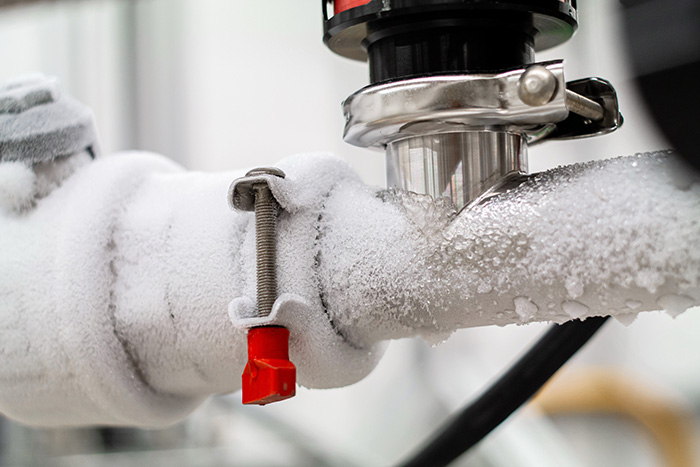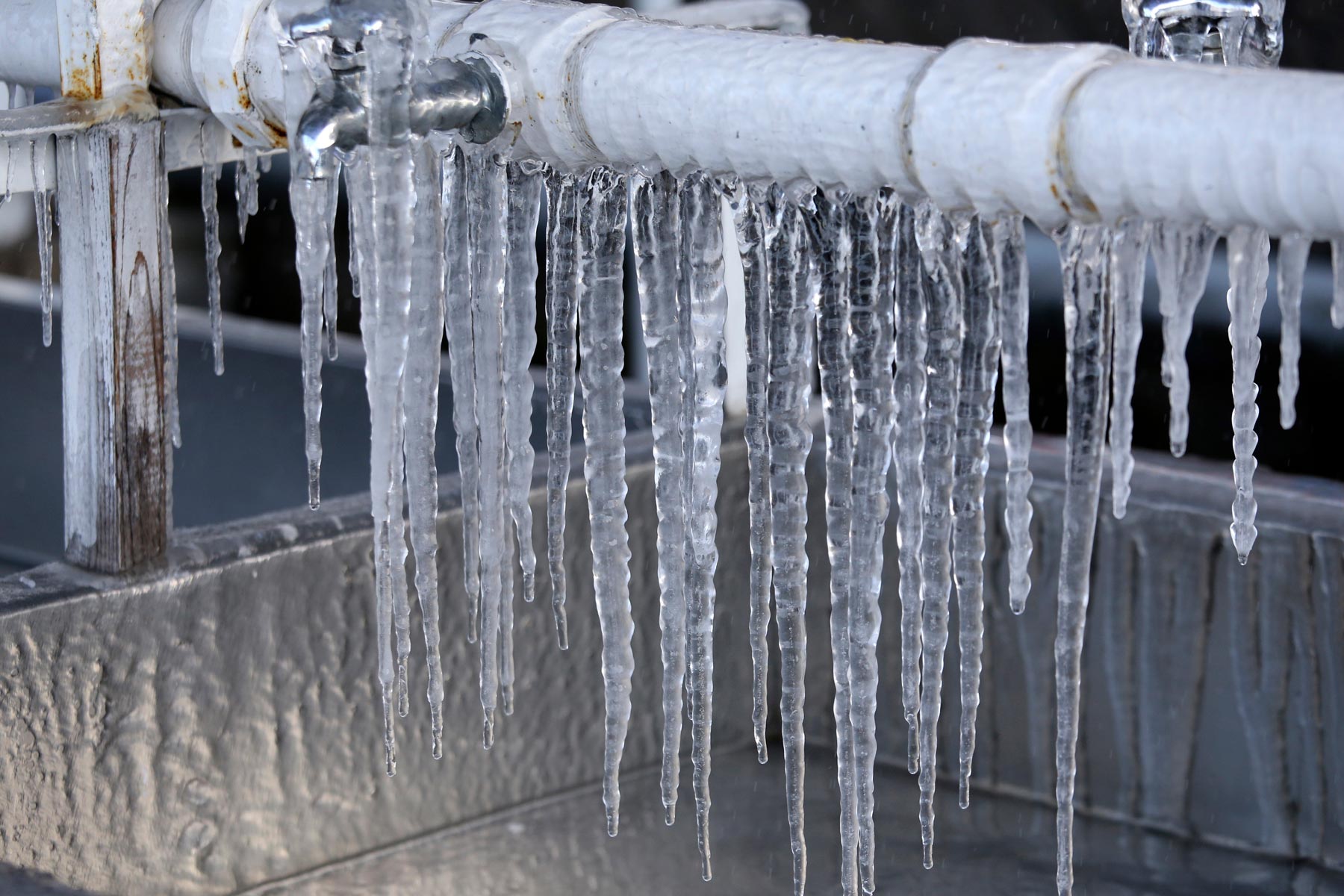Preventing Pipes from Cold Weather: Effective Strategies
Preventing Pipes from Cold Weather: Effective Strategies
Blog Article
They are making a few great pointers on the subject of How to Prevent Your Pipes From Freezing overall in this article following next.

Cold weather can wreak havoc on your plumbing, especially by freezing pipelines. Below's just how to stop it from occurring and what to do if it does.
Introduction
As temperature levels decline, the threat of frozen pipelines boosts, possibly causing expensive repair services and water damages. Comprehending exactly how to prevent frozen pipelines is crucial for homeowners in cool environments.
Comprehending Frozen Pipes
What triggers pipes to ice up?
Pipes freeze when revealed to temperature levels below 32 ° F (0 ° C) for extended durations. As water inside the pipelines freezes, it expands, taxing the pipeline walls and potentially creating them to break.
Risks and problems
Frozen pipelines can lead to water supply disruptions, residential or commercial property damage, and expensive repair services. Ruptured pipelines can flooding homes and create considerable architectural damages.
Indicators of Frozen Pipes
Identifying frozen pipes early can stop them from breaking.
How to identify icy pipelines
Search for lowered water flow from faucets, unusual odors or sounds from pipes, and noticeable frost on exposed pipelines.
Prevention Tips
Insulating prone pipes
Cover pipelines in insulation sleeves or utilize warmth tape to shield them from freezing temperatures. Focus on pipes in unheated or exterior locations of the home.
Home heating techniques
Maintain interior areas appropriately warmed, especially locations with pipes. Open closet doors to allow warm air to flow around pipelines under sinks.
Protecting Outside Plumbing
Yard hoses and outdoor faucets
Detach and drain garden hoses before winter months. Set up frost-proof spigots or cover outdoor faucets with protected caps.
What to Do If Your Pipelines Freeze
Immediate actions to take
If you presume icy pipes, keep taps open to alleviate stress as the ice thaws. Make use of a hairdryer or towels taken in warm water to thaw pipes slowly.
Long-Term Solutions
Architectural modifications
Take into consideration rerouting pipes far from outside walls or unheated areas. Add added insulation to attics, basements, and crawl spaces.
Upgrading insulation
Purchase high-grade insulation for pipelines, attics, and walls. Appropriate insulation helps maintain constant temperature levels and decreases the threat of icy pipes.
Final thought
Avoiding icy pipelines requires positive procedures and fast feedbacks. By comprehending the causes, signs, and preventive measures, property owners can protect their plumbing during cold weather.
5 Ways to Prevent Frozen Pipes
Drain Outdoor Faucets and Disconnect Hoses
First, close the shut-off valve that controls the flow of water in the pipe to your outdoor faucet. Then, head outside to disconnect and drain your hose and open the outdoor faucet to allow the water to completely drain out of the line. Turn off the faucet when done. Finally, head back to the shut-off valve and drain the remaining water inside the pipe into a bucket or container. Additionally, if you have a home irrigation system, you should consider hiring an expert to clear the system of water each year.
Insulate Pipes
One of the best and most cost-effective methods for preventing frozen water pipes is to wrap your pipes with insulation. This is especially important for areas in your home that aren’t exposed to heat, such as an attic. We suggest using foam sleeves, which can typically be found at your local hardware store.
Keep Heat Running at 65
Your pipes are located inside your walls, and the temperature there is much colder than the rest of the house. To prevent your pipes from freezing, The Insurance Information Institute suggests that you keep your home heated to at least 65 degrees, even when traveling. You may want to invest in smart devices that can keep an eye on the temperature in your home while you’re away.
Leave Water Dripping
Moving water — even a small trickle — can prevent ice from forming inside your pipes. When freezing temps are imminent, start a drip of water from all faucets that serve exposed pipes. Leaving a few faucets running will also help relieve pressure inside the pipes and help prevent a rupture if the water inside freezes.
Open Cupboard Doors
Warm your kitchen and bathroom pipes by opening cupboards and vanities. You should also leave your interior doors ajar to help warm air circulate evenly throughout your home.

I hope you enjoyed reading our section about How to prepare your home plumbing for winter weather. Thanks for spending some time to read through our blog. If you appreciated our blog post please consider to share it. We recognize the value of your readership.
View Website Report this page